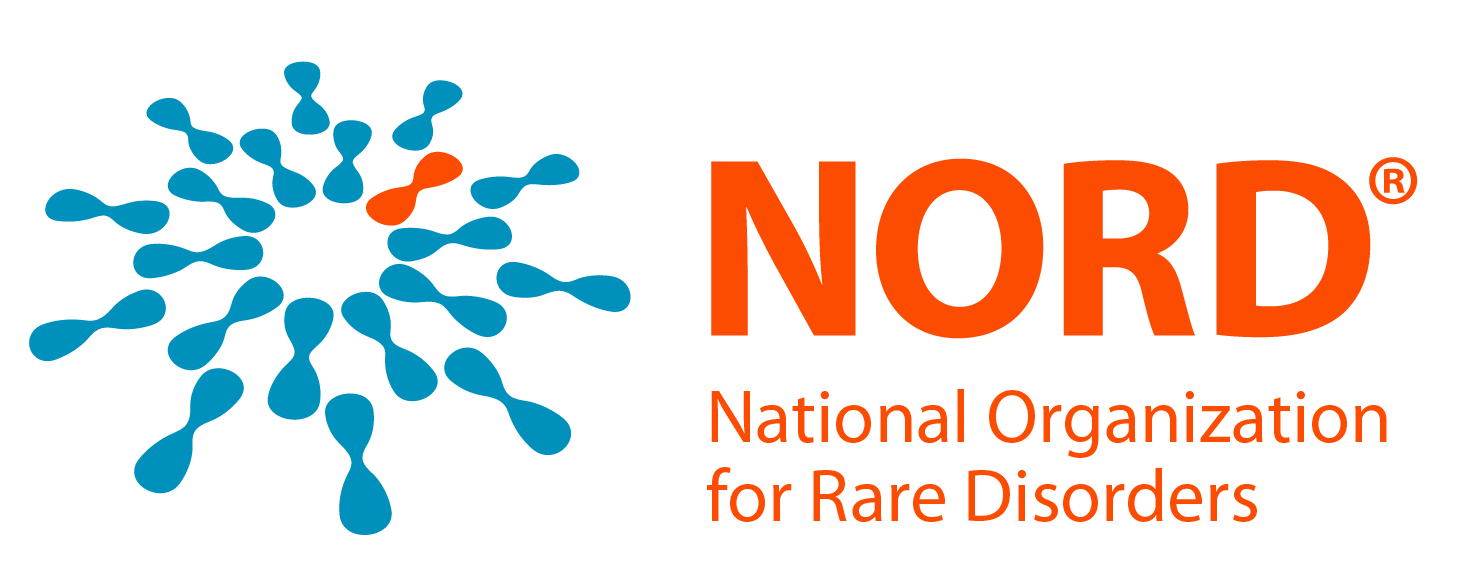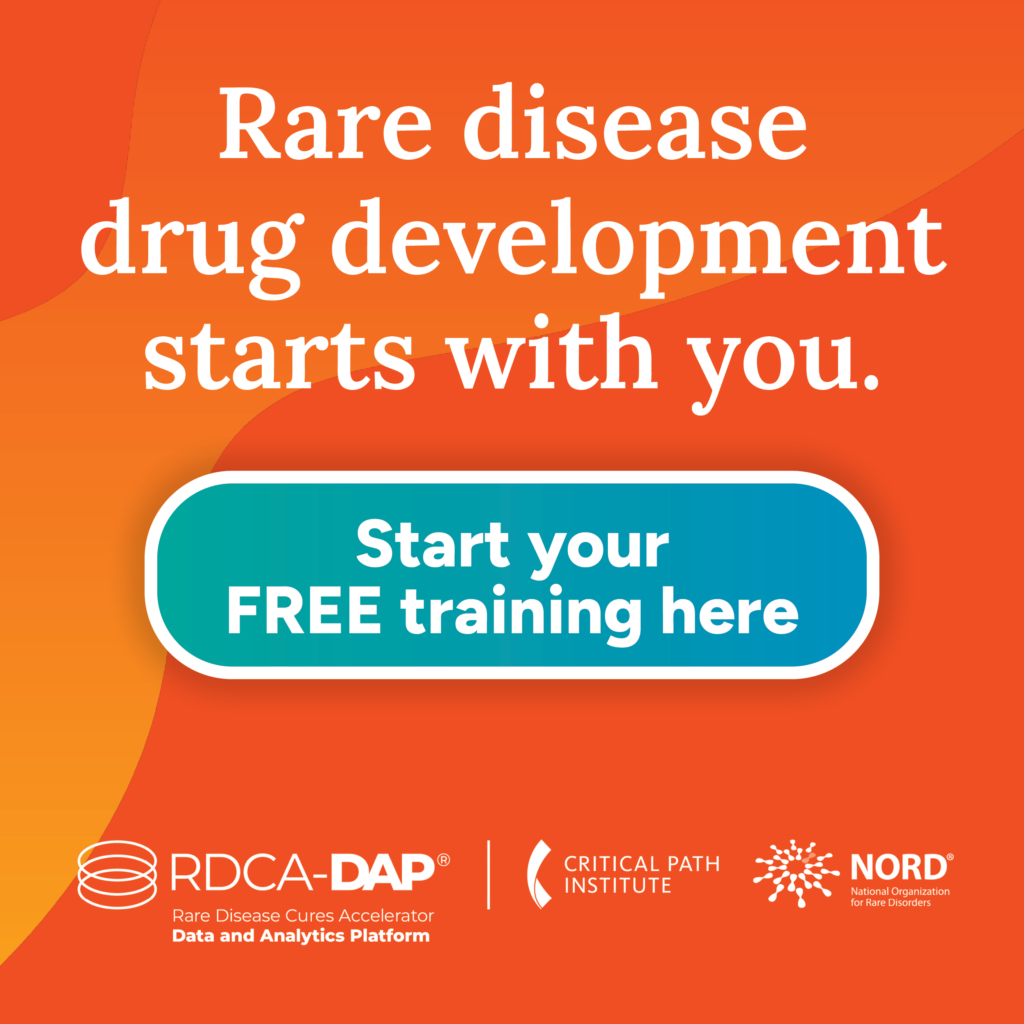By Sareena Z.

My name is Sareena and I was diagnosed with severe Factor VII deficiency when I was two months old. I am now 28 years old. Factor VII deficiency is a rare bleeding disorder that occurs in approximately two out of every million people.
My journey with Factor VII deficiency began about two days after I was born when I started bleeding from my tongue and had what are known as hemangiomas, or benign tumors. That week, I had my hemangiomas removed, which was my first of many surgeries. A little over a month later, I was brought to the hospital again as I was vomiting, lethargic, and screaming in pain. I had a CT scan done and a blood clot was found in my fourth ventricle. It was discovered that I had hydrocephalus, a neurological disorder caused by an abnormal buildup of fluid in the ventricles within the brain, and I was having a cerebral hemorrhage, or brain bleed.
Two months later, I had a Broviac, or central line, placed in my chest as nurses had difficulty finding my veins and because I was going to be given Factor infusions once a day for at least six months. Five days after my Broviac was put in, another CT scan was performed and showed that I was getting hydrocephalus again. I had a VP shunt, a thin plastic tube that helps drain extra fluid, placed in my brain.
About four months later, another CT scan was performed and showed I was getting hydrocephalus again. My parents and I met with a neurosurgeon where it was decided that I needed to get my shunt replaced as the previous one was not working. I ended up having multiple shunt revisions before my first birthday in September 1996. Thankfully, the shunt stayed intact for about another 15 years until March 2011, when I had two more shunt revisions.
I had seizures for about five years growing up due to all of the brain surgeries I had as a baby. I do not have much memory of these seizures, but my parents told me most of them used to occur late at night, and I would usually fall asleep from exhaustion after having them. I also had many internal bleeds when I was a child, most of them in my hamstrings because my muscles were so tight. I used to meet with a physical therapist, and she would teach me different exercises to loosen my muscles so that bleeds would occur less often.
I have always tried to keep a positive outlook toward life despite any obstacles that may have come my way. I never like using my rare disease as an excuse, but rather I see it as an opportunity to improve myself every day, and to prove to myself that I can do anything I can set my mind to. I couldn’t have had a bigger support system than my family, especially my parents, over the past 28 years. They have been by my side through thick and thin, and they taught me how to be strong.
The one thing I’d like the public to know about rare disease is that it should never stop you from chasing your dreams. You can have a rare disease and still accomplish what you want to. It may not be easy, but it’s not impossible. Yes, there may be challenges along the way, but with help and perseverance, it can be possible.
Others can support someone with a rare disease by doing research on a disease affecting a friend or family member so they are educated on the topic. I think this is a great first step to support someone with a rare disease. They can also show support to the rare disease community by showing their stripes on Rare Disease Day.
Feeling inspired? Click here to read more stories and learn how you can get involved this Rare Disease Day, including by making a donation to NORD today.
Did Sareena’s Show Your Stripes sweatshirt catch your eye? Check out the NORD store here to purchase your own in support of NORD and the rare disease community.



